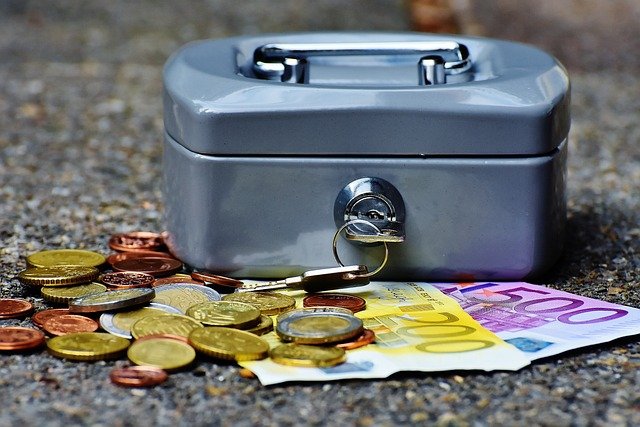The Hidden Costs of Cash: Rethinking Your Wallet's Contents
In a world dominated by digital transactions, the humble dollar bill might seem like a harmless relic. Yet, carrying cash could be costing you more than you realize. From missed investment opportunities to security risks, the true price of paper money extends far beyond its face value. Let's explore why your wallet's contents might be due for a modern makeover.

Moreover, the false sense of liquidity cash provides can lead to poor financial decisions. Studies have shown that people tend to spend more freely when using cash, as the psychological barrier to parting with physical money is lower than that of electronic transactions. This can result in impulsive purchases and difficulty tracking expenses, undermining budgeting efforts and long-term financial goals.
The Security Paradox
While many view cash as a secure form of payment, it presents unique vulnerabilities. Unlike electronic transactions, which leave a digital trail, cash transactions are largely untraceable. This makes cash an attractive target for theft and fraud, putting both individuals and businesses at risk.
For consumers, carrying large amounts of cash increases the risk of personal theft. If stolen, cash offers no recourse – it’s gone for good. Businesses face even greater challenges, as cash management requires additional security measures, staff training, and insurance costs. These expenses are often passed on to consumers in the form of higher prices, creating a hidden tax on cash usage.
The Efficiency Drain
In our fast-paced digital economy, cash transactions can be surprisingly inefficient. From counting change to making bank deposits, handling physical currency consumes valuable time and resources. For businesses, this inefficiency translates into higher operational costs, slower transaction times, and increased potential for human error.
On a broader scale, the production, distribution, and maintenance of physical currency represent a significant expense for governments and financial institutions. The U.S. Federal Reserve estimates that the annual cost of cash operations runs into billions of dollars. These costs, ultimately borne by taxpayers and consumers, represent resources that could be redirected towards more productive economic activities.
The Innovation Impediment
The persistence of cash in our financial ecosystem can slow the adoption of innovative financial technologies. Mobile payment systems, digital wallets, and cryptocurrencies offer potential benefits in terms of security, efficiency, and financial inclusion. However, the continued reliance on cash creates a barrier to widespread adoption of these technologies.
In countries where cash use has declined more rapidly, we’ve seen a corresponding increase in financial innovation. Sweden, for example, has become a leader in mobile payments and digital banking solutions, partly due to its low cash usage. This shift has not only improved convenience for consumers but has also fostered a more competitive and innovative financial services sector.
The Environmental Impact
Often overlooked in discussions about cash is its environmental footprint. The production of paper bills and metal coins requires significant resources, from raw materials to energy-intensive manufacturing processes. Additionally, the transportation and storage of physical currency contribute to carbon emissions.
While the environmental impact of digital transactions isn’t zero, studies suggest that electronic payment systems generally have a lower carbon footprint compared to cash, especially when considering the lifecycle of currency from production to disposal. As sustainability becomes an increasingly important factor in financial decision-making, the environmental cost of cash is likely to face greater scrutiny.
Strategies for a Cash-Light Lifestyle
-
Embrace digital payment methods: Explore mobile payment apps, contactless credit cards, and digital wallets to reduce reliance on cash.
-
Automate your finances: Set up automatic bill payments and savings transfers to minimize the need for cash transactions.
-
Track your spending: Use budgeting apps that sync with your bank accounts for real-time expense tracking.
-
Invest idle funds: Consider micro-investing apps that round up purchases and invest the difference.
-
Prioritize security: Use secure, encrypted digital payment methods and regularly monitor your accounts for unauthorized activity.
-
Support cashless businesses: Patronize establishments that offer digital payment options to encourage wider adoption.
As we navigate an increasingly digital financial landscape, it’s crucial to reconsider the role of cash in our daily lives. While physical currency will likely retain a place in our economy for years to come, understanding its hidden costs can help us make more informed financial decisions. By embracing digital alternatives and being mindful of the true price of cash, we can work towards a more efficient, secure, and sustainable financial future. The next time you reach for your wallet, remember that the most valuable currency might not be the bills inside, but the knowledge to use your money wisely in all its forms.





